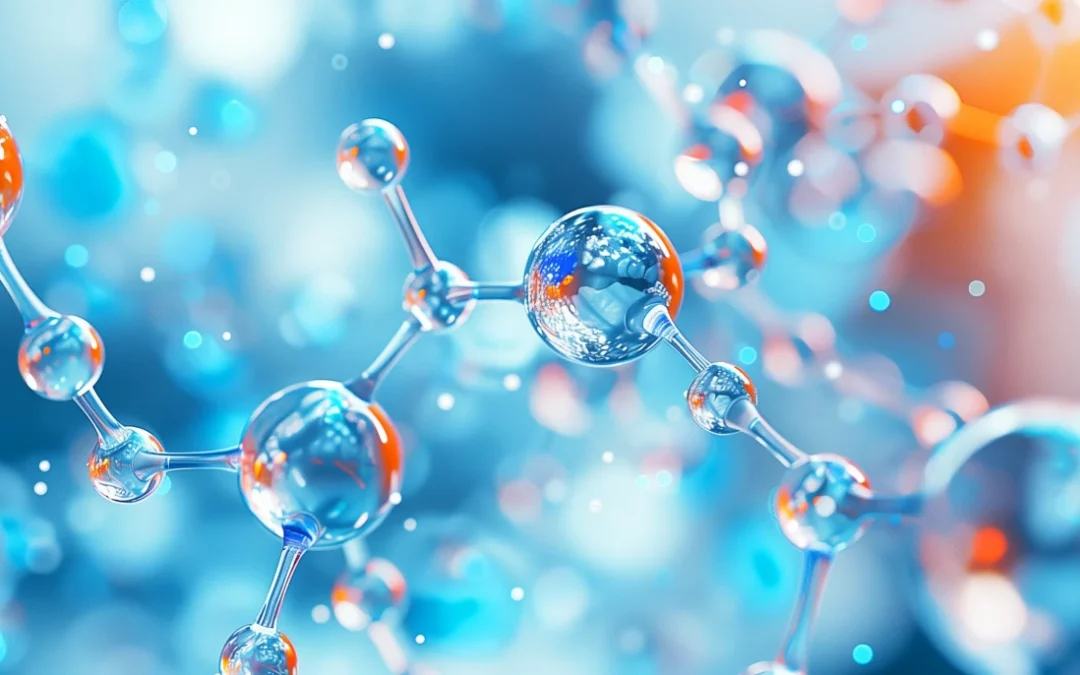Redox signaling pathways is the cellular communication process that relies on reactive molecules—specifically reactive oxygen species (ROS) and reactive nitrogen species (RNS)—to transmit messages between and within cells. Unlike damaging oxidative stress, redox signaling is a precise, regulated process that helps the body maintain balance, repair tissue, and adapt to environmental changes.
In simpler terms, redox signaling is how your cells talk to each other using molecular messengers to:
- Trigger immune responses
- Repair DNA
- Promote cellular regeneration
- Regulate inflammation
- Balance oxidative stress
Understanding redox signaling is key to understanding how your body heals, ages, and fights disease.
- Eliminate pathogens
- Activate detoxification pathways
- Balance antioxidants and free radicals
- Communicate cellular stress
- Support mitochondrial health
Health Benefits
- Cellular repair and regeneration
- Immune system regulation
- Wound healing and tissue recovery
- Healthy inflammatory response
- Anti-aging effects through mitochondrial renewal
Redox Signaling vs Oxidative Stress
It’s important to distinguish between beneficial redox signaling and harmful oxidative stress:
| Redox Signaling | Oxidative Stress |
|---|---|
| Controlled signaling mechanism | Uncontrolled, excessive free radicals |
| Supports healing and balance | Damages DNA, proteins, and cells |
| Triggers adaptive, protective pathways | Leads to chronic inflammation |
The key is balance. A healthy body needs some oxidative molecules for signaling, but not so many that they overwhelm the system.
How Redox signaling pathways Works in the Body
Redox signaling-molecules are produced naturally during:
- Mitochondrial respiration (cellular energy production)
- Exercise and physical activity
- Immune responses
- Environmental stressors like heat, cold, or toxins
Once released, these molecules act like messengers:
- They activate transcription factors (like Nrf2) to produce protective enzymes
- They modulate gene expression
- They regulate inflammation and immune responses
This chain reaction enhances cellular resilience, promotes repair, and signals when cells are under stress.
Conditions Linked to Redox Imbalance
When redox signaling-process is impaired, or oxidative stress overwhelms the system, it can contribute to chronic disease. Conditions linked to redox dysfunction include:
- Neurodegenerative diseases (Alzheimer’s, Parkinson’s)
- Autoimmune conditions (rheumatoid arthritis, lupus)
- Cardiovascular disease
- Diabetes and metabolic syndrome
- Cancer
- Chronic fatigue and fibromyalgia
Supporting redox balance is therefore crucial for prevention and recovery.
How to Support Naturally
Optimizing your redox pathways can be achieved through daily lifestyle strategies:
1. Exercise Regularly
Physical activity enhances natural production of redox signaling-molecules and strengthens your antioxidant defenses.
- Aerobic training improves mitochondrial health
- HIIT increases redox signaling efficiency
2. Eat a Polyphenol-Rich Diet
Antioxidant-rich foods support balanced redox pathways:
- Berries, dark chocolate, green tea
- Leafy greens, broccoli, turmeric
- Olive oil, nuts, seeds
3. Optimize Sleep and Circadian Rhythms
Sleep is when redox regulation and cellular repair peak.
- Aim for 7–9 hours per night
- Avoid blue light exposure late in the evening
4. Manage Stress
Chronic stress increases oxidative load. Combat it with:
- Meditation or mindfulness
- Yoga or Tai Chi
- Deep breathing exercises
5. Avoid Environmental Toxins
- Filter water and air where possible
- Avoid excessive exposure to pesticides, heavy metals, and plastics
6. Supplement Strategically (Consult a professional)
- NAC (N-acetylcysteine): Boosts glutathione levels
- Alpha-lipoic acid: Recycles antioxidants
- CoQ10: Supports mitochondrial redox balance
- ASEA Redox Supplement: Contains stabilized redox molecules (scientifically debated)
Emerging Therapies in Redox pathways
Innovative technologies and therapies are exploring the modulation of redox pathways to treat illness:
- Redox-based drug delivery systems
- Photobiomodulation (light therapy) to stimulate redox signaling
- Gene editing tools to target oxidative response pathways
- Redox-active biomaterials for regenerative medicine
Ongoing clinical trials are evaluating the therapeutic potential of targeting redox systems in diseases ranging from cancer to chronic inflammation.
FAQs About Redox Signaling
Is it the same as oxidative stress?
No. Redox signaling is a beneficial, controlled process, while oxidative stress occurs when reactive molecules cause cellular damage.
Can supplements improve redox pathways?
Some supplements like NAC, CoQ10, and alpha-lipoic acid may help restore balance. ASEA is a branded redox product with mixed scientific opinion.
How can I tell if my redox signaling is out of balance?
Signs of oxidative stress or redox dysfunction include:
- Fatigue
- Slow recovery
- Brain fog
- Chronic inflammation
- Premature aging
Testing includes oxidative stress biomarkers or antioxidant capacity panels, available via functional labs.
Can redox signaling slow aging?
Yes. Healthy redox pathways supports mitochondrial renewal, tissue repair, and reduced inflammation—all linked to longevity.
Final Thoughts: Harnessing the Power of Redox signaling pathways
Redox signaling is the hidden language of cellular health. By understanding and supporting this critical process, you can enhance your body’s resilience, energy, and longevity.
Small, intentional actions—like daily movement, nutrient-rich foods, and stress management—can help fine-tune your cellular communication network and reduce your risk of chronic disease.
As science continues to uncover the full potential of redox biology, this once-overlooked field is becoming a cornerstone of next-generation health optimization.
This article is based on current peer-reviewed studies and insights from integrative health professionals. Always consult a qualified healthcare provider before starting supplements or therapies.


